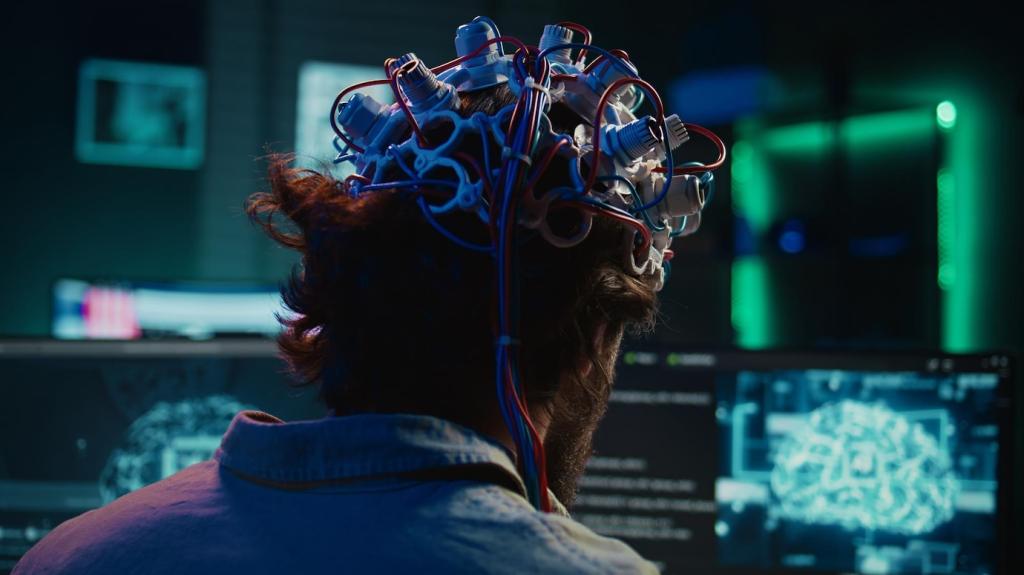
The Role of Artificial Intelligence in Fashion Design
Artificial Intelligence (AI) is revolutionizing the fashion industry, ushering in a new era where creativity meets cutting-edge technology. From conceptualization to production, AI empowers designers, brands, and consumers to interact with fashion on unprecedented levels. As the fashion world seeks innovative solutions to stay relevant and efficient, AI emerges as a powerful ally that reshapes the way clothing is imagined, produced, and consumed. This transformation encompasses design intelligence, personalized experiences, sustainable practices, and the optimization of manufacturing processes, making AI an integral part of the modern fashion landscape.
AI-Driven Creative Design
Inspiration and Trend Forecasting
AI-powered tools analyze enormous volumes of fashion imagery, runway shows, social media feeds, and historical archives to identify emerging patterns and styles. This allows designers to receive real-time, data-backed inspiration, helping them anticipate the next big trend rather than follow it. By recognizing subtle shifts in consumer preferences and global cultural influences, AI systems inform designers of trending colors, silhouettes, patterns, and materials. This data-driven approach reduces the risk associated with launching new collections and enables fashion brands to remain ahead of the curve, making design decisions rooted in tangible insights rather than intuition alone.
Generative Design and Prototyping
With generative design, AI algorithms create countless iterations of garments based on parameters set by designers. This capability speeds up the ideation phase and unlocks combinations of shapes, fabrics, and patterns that might otherwise go unexplored. Designers can visualize and assess these AI-generated prototypes in virtual environments, making swift decisions about which ideas to pursue further. This not only fosters creativity but also greatly reduces the time and resources required to develop new styles, allowing brands to experiment more freely without the traditional constraints of physical prototyping and manual iterations.
Enhanced Collaboration Between Human Designers and AI
The relationship between human creativity and artificial intelligence is increasingly collaborative, rather than competitive. Designers can use AI as a tool to explore new aesthetic possibilities, automate repetitive tasks, and optimize design workflows. By analyzing feedback and adapting to designer preferences over time, AI systems learn to present more relevant suggestions, serving as an ever-improving creative partner. This synergy preserves the unique perspective of human designers while empowering them to innovate faster and more efficiently, resulting in collections that are both contemporary and deeply rooted in artistic vision.
Personalization and Consumer Engagement
AI leverages machine learning algorithms to analyze users’ past purchases, browsing history, and expressed preferences across digital platforms. With this intelligence, fashion brands can present highly personalized recommendations, offering customers curated selections that resonate with their unique styles. AI-driven virtual stylists can assist in coordinating outfits, suggesting accessories, or adapting looks for specific occasions. This level of tailored service not only boosts customer satisfaction but also increases sales conversion rates, as shoppers feel understood and valued in their interactions with brands.

Sustainable Practices Enabled by AI
AI-driven forecasting tools predict demand for specific styles, sizes, and colors with remarkable accuracy, reducing the need for overproduction and excessive inventory. By analyzing sales trends and regional preferences, brands can produce closer-to-actual demand, substantially minimizing unsold stock and textile waste. Additionally, AI can optimize material cutting patterns and manufacturing scheduling, ensuring maximum utilization of fabric and reducing off-cuts. These technology-driven efficiencies not only lower environmental impact but also create cost savings that can be reinvested into sustainable innovation.
Artificial intelligence accelerates the discovery and validation of new, sustainable materials by analyzing molecular structures, production costs, and environmental impact data. AI can suggest alternatives to conventional fibers, such as recycled or bio-based textiles, and evaluate their performance in fashion applications. By simulating wear, durability, and comfort, AI tools enable brands to make informed material choices that align with both sustainability goals and aesthetic standards. Through these advancements, the fashion industry increasingly integrates eco-friendly practices without compromising quality or creativity.
AI enhances transparency and traceability across the fashion supply chain by monitoring sourcing, production, and distribution processes. Algorithms can detect anomalies, flagging instances of unethical practices such as labor violations or environmentally harmful methods. By aggregating and analyzing data from suppliers, logistics providers, and retail partners, AI creates a comprehensive overview of how garments are made, ensuring adherence to legal and ethical standards. Brands can then communicate their commitment to responsible sourcing to consumers, building trust and fostering loyalty among ethically minded shoppers.

